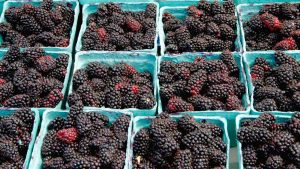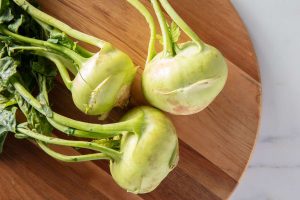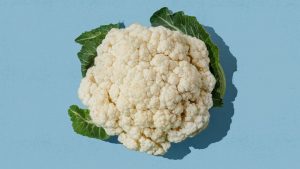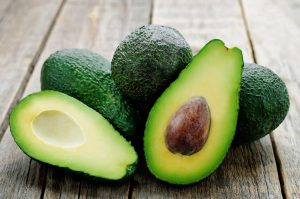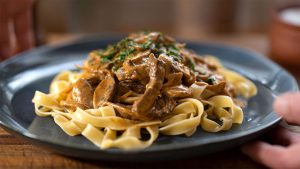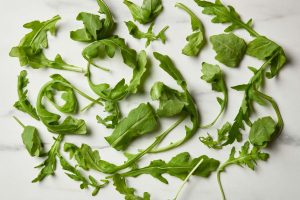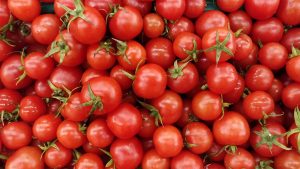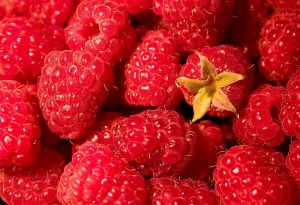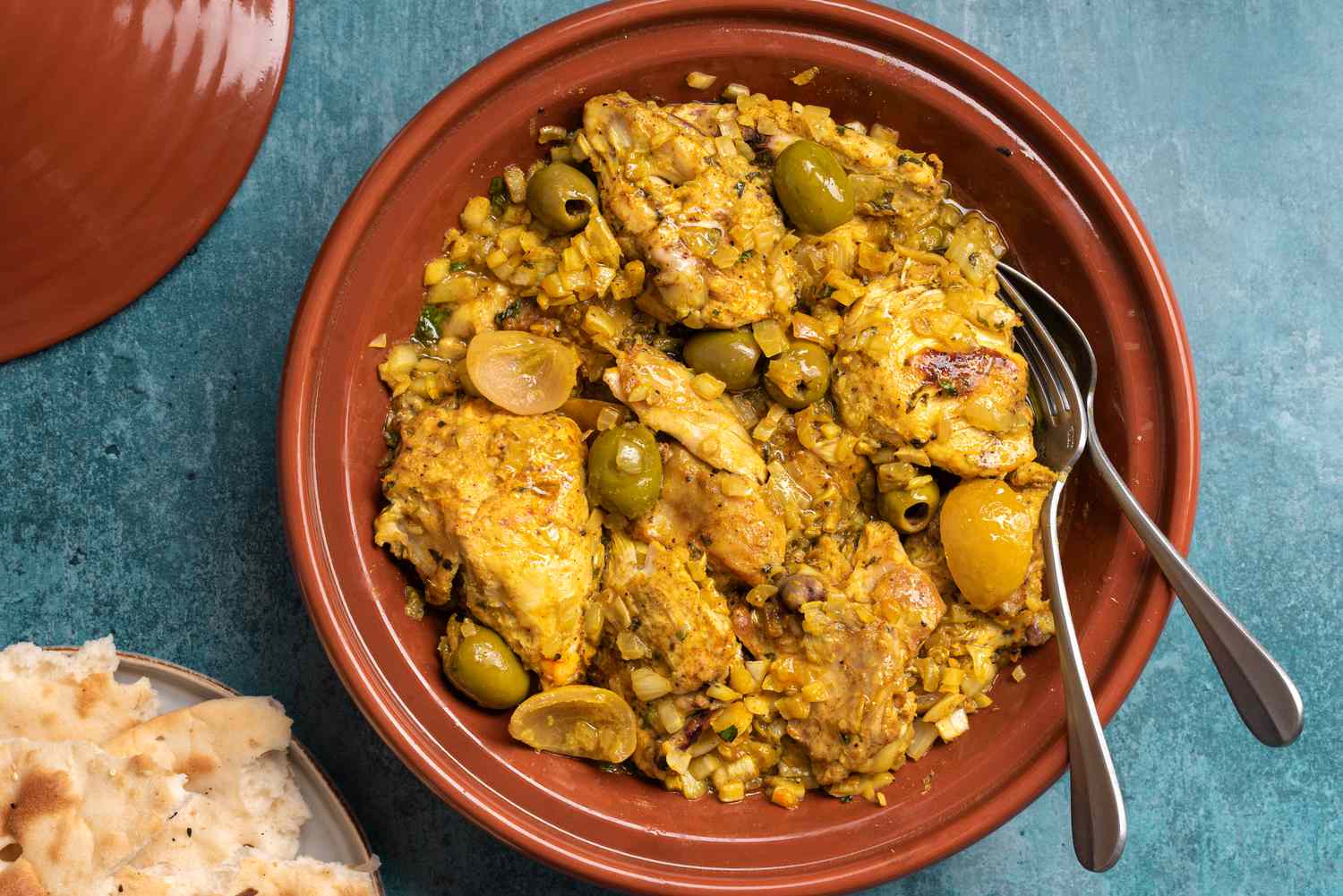
35 interesting facts about Tagine
- 👁️ 1495
Tagine, a quintessential element of Moroccan cuisine, is both a cooking vessel and the name of the stew-like dish that is cooked within it. This traditional North African cookware is celebrated for its unique conical shape, which is designed to return all condensation to the bottom, allowing food to be cooked slowly and tenderly. The dishes prepared in a tagine are renowned for their deep, aromatic flavors and tender, melt-in-the-mouth textures. Rich in spices and varying combinations of meats, vegetables, and sometimes fruits, tagines are a testament to the complexity and cultural richness of Moroccan cooking. Here are thirty-five interesting and informative facts about tagine.
- The word “tagine” refers to both the traditional North African cooking pot and the dish cooked within it.
- Tagines are primarily used in Moroccan cuisine but are also popular in other North African and some Middle Eastern countries.
- The traditional tagine pot is made from clay, which is sometimes painted or glazed.
- The base of a tagine is wide and circular, while the lid is conical, allowing steam to circulate during cooking.
- The conical shape of the lid helps to return condensation to the bottom of the dish, keeping the food moist.
- Tagines are used for slow-cooking stews and braises, making meats extremely tender.
- Spices commonly used in tagine cooking include cumin, coriander, saffron, cinnamon, and ginger.
- Fruits such as prunes, apricots, and raisins are often added to tagines to provide a sweet contrast to the savory flavors.
- Traditional tagines can include a variety of meats like lamb, chicken, or beef, as well as seafood.
- Vegetarian tagines are also popular and often contain a mix of seasonal vegetables and legumes.
- Tagines are traditionally cooked over a low heat source, such as a charcoal brazier.
- Modern tagines can be adapted for use on stovetops or in ovens.
- It’s common to season a new clay tagine before use by soaking it and then rubbing it with oil.
- The slow-cooking process in a tagine helps to intensify the flavors of the spices and main ingredients.
- A finished tagine dish is typically garnished with fresh herbs like cilantro or parsley.
- Lemon is a common acidic component that balances the richness of tagine dishes.
- The origins of tagine cooking are believed to date back to the time of Harun al-Rashid, a ruler of the Early Muslim conquests.
- The dish and its cooking method reflect a blend of various cultural influences, including Berber, Arab, and Mediterranean.
- Tagine pots can vary in size, from small pots that serve one to large ones designed for gatherings.
- Cooking in a tagine can be considered an art form in Moroccan culture, often passed down through generations.
- Tagine recipes can vary greatly from one region of Morocco to another, each with its own characteristic ingredients and spices.
- The tagine’s lid is designed to be lifted off only at the end of cooking to preserve the flavors and aromas.
- In Morocco, tagine is often served directly in the cooking vessel, at the center of the table for communal eating.
- Some tagine dishes incorporate hard-boiled eggs or nuts for added texture and flavor.
- Harissa, a spicy chili paste, is often served alongside tagine to adjust the heat level to personal taste.
- The process of cooking a tagine can take several hours, depending on the ingredients and the desired tenderness.
- Tagine is considered a staple dish for celebrations and special occasions in Moroccan culture.
- The clay used in making tagine pots is often sourced from specific areas known for their quality clay.
- To avoid thermal shock and potential cracking, a clay tagine should never be subjected to high heat when empty.
- Some tagine lids have a hole at the top to release excess steam.
- The dish has gained international popularity, symbolizing Moroccan hospitality and cuisine.
- Specialized cookbooks and cooking classes on Moroccan cuisine often feature tagine as a central element.
- A tagine dish is typically started by layering the hardest-to-cook ingredients at the bottom.
- In recent years, decorative tagines have been used purely for ornamental purposes.
- Despite the advent of modern cooking technologies, the traditional clay tagine is still preferred for its flavor-enhancing properties.
Tagines represent a culinary tradition that combines practicality with flavor, turning simple ingredients into rich, flavorful meals that are more than just food; they are an experience. The tagine’s ability to blend spices, meats, and fruits into slow-cooked perfection is a testament to the sophisticated and communal nature of Moroccan cuisine. As both a method of cooking and a symbol of Moroccan hospitality, tagines continue to inspire food enthusiasts around the world with their delicious and aromatic dishes. The art of cooking and serving from a tagine invites us to explore a rich palette of flavors, making every meal a celebration of culture and culinary craftsmanship.
